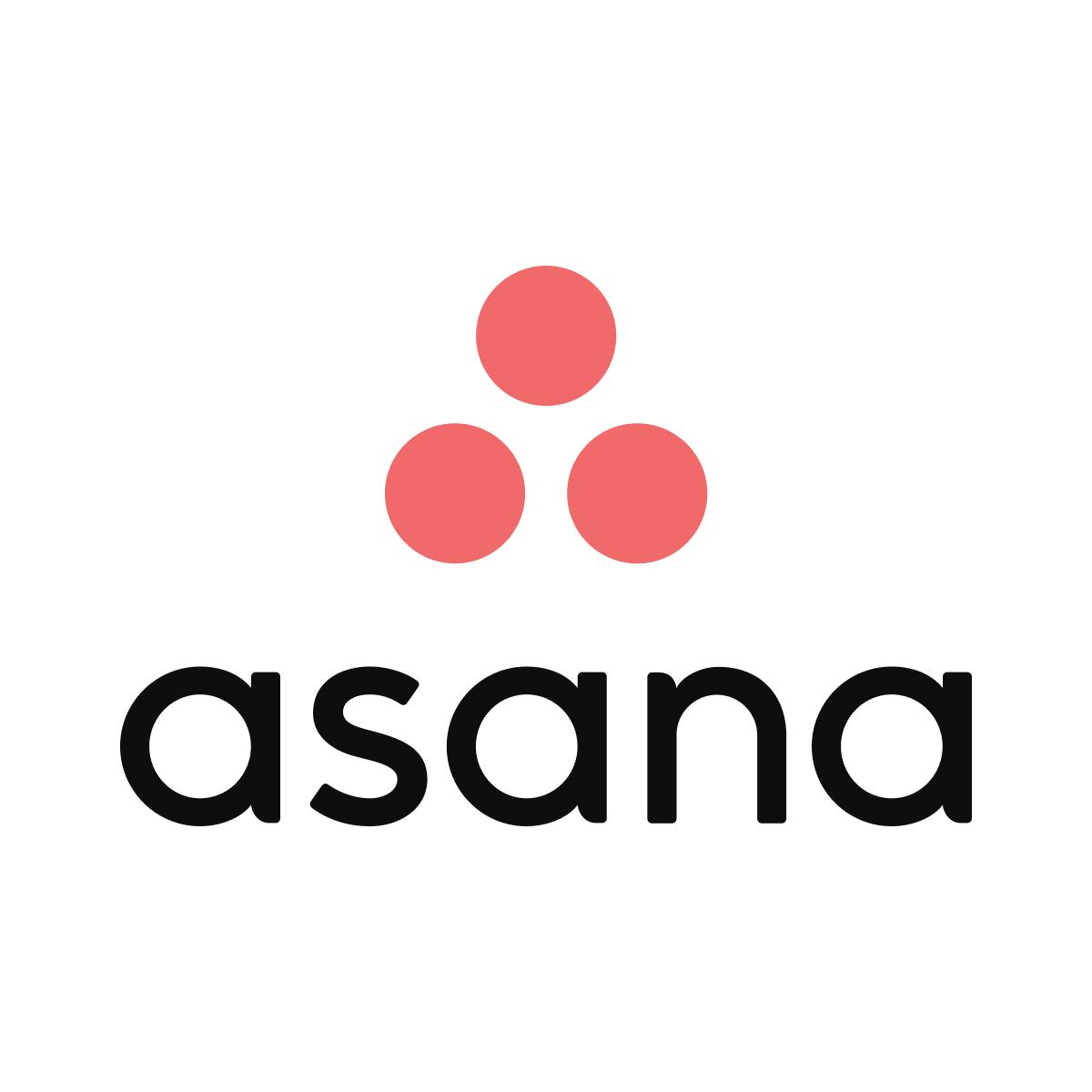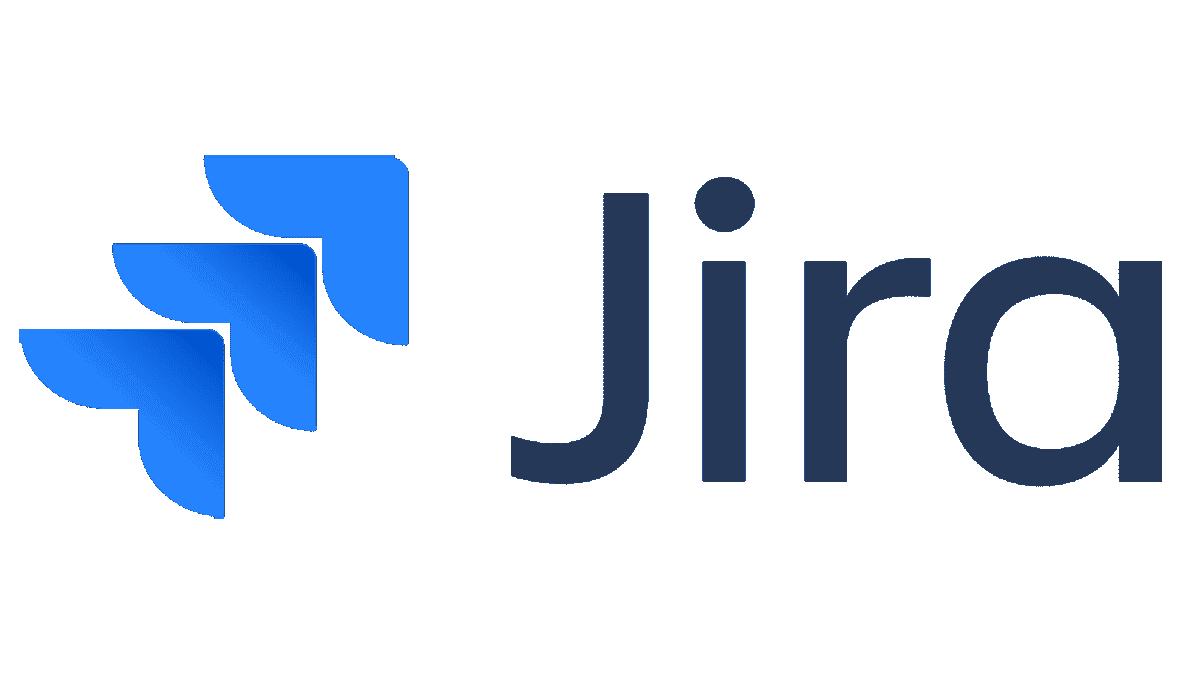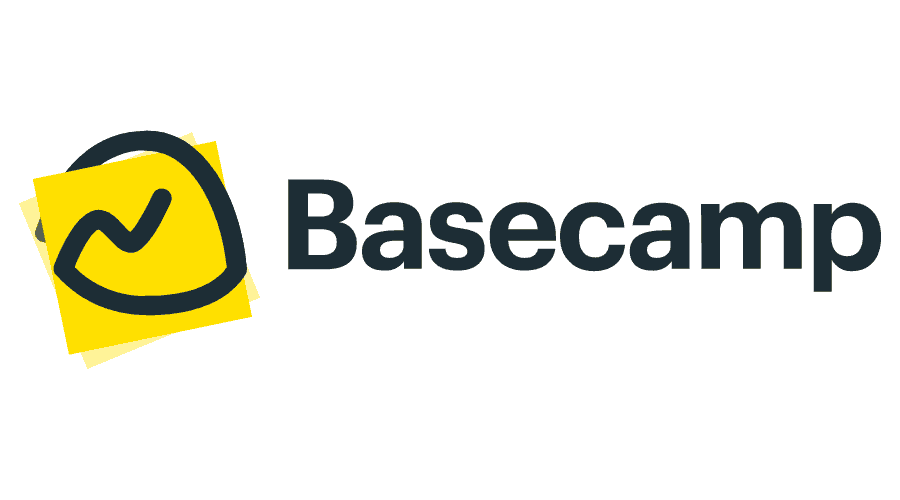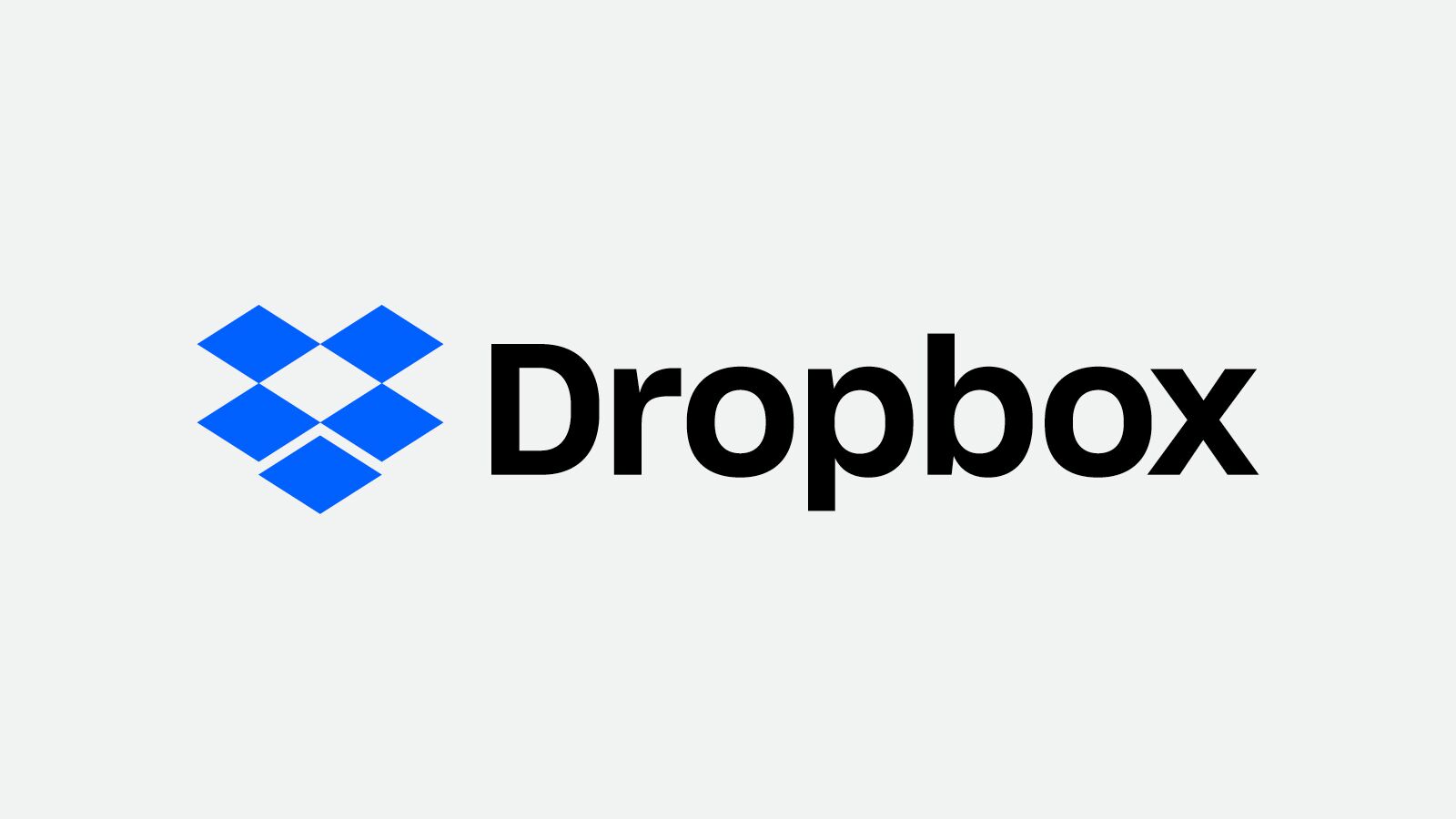Workforce Productivity Software is a type of application that aids in enhancing the productivity and efficiency of a workforce. This software provides tools for task management, time tracking, communication, collaboration, and others, delivering insights into workflow patterns, helping eliminate inefficient processes, and facilitating effective workload distribution. With these, businesses can streamline operations, manage projects, track employee performance, and foster an environment that encourages productivity. As a result, businesses can save time, reduce operational costs, and improve overall performance.
The Best Products
Workforce Productivity Software: Our Recommendations
Pick #1
Asana

Asana is a leading workforce productivity software designed to improve team collaboration and work management. It allows teams to organize, track, and manage their work, from small tasks to strategic initiatives, in a centralized digital workspace. This platform features various functionalities such as task assignment, project scheduling, real-time updates, and communication tools that streamline workflows and enhance productivity. With Asana, teams can align their goals, stay focused on the tasks that matter, and deliver projects more efficiently.
Pick #2
Slack
Slack is a cloud-based collaboration tool that is designed to streamline communication and increase productivity in the workplace. It offers a platform where teams can communicate in real-time, share documents, and organize conversations into separate channels for easy navigation and reference. The platform integrates with a multitude of other apps and services, facilitating efficient workflow management. Featuring direct messaging, file sharing, and voice or video calls, Slack serves as a comprehensive hub for intra-office communication and collaboration, enabling teams to work together more effectively.
Pick #3
Trello

Trello is a collaborative project management tool and workforce productivity software that organizes your projects into boards. It provides an intuitive, visual way to manage and track tasks and projects, enabling teams to see at a glance what’s being worked on, who’s doing what, and where something is in a process. Users can create task lists, assign tasks to specific individuals, set deadlines, add comments, attach files, and label tasks for easier categorization. Its flexibility makes it a useful tool for a variety of project types and industries, fostering efficient workflow management and team collaboration.
Pick #4
Google Workspace

Google Workspace, formerly known as G Suite, is a workforce productivity software that integrates various web-based tools and services essential for business collaboration and organization. It carries popular applications such as Gmail, Docs, Sheets, Slides, Calendar, and Google Meet, enabling seamless interactions across teams irrespective of their location. Google Workspace also offers cloud storage through Google Drive, keeping data secure and readily accessible from any device. Its offerings are designed to foster real-time collaboration, time management, and efficient communication, making it an integral tool for businesses in the modern digital environment.
Pick #5
Microsoft 365

Microsoft 365, formerly known as Office 365, is a comprehensive Workforce Productivity Software developed by Microsoft Corporation. It provides a suite of cloud-based services and applications that facilitate creativity, collaboration, and productivity in the work environment. Featuring robust tools like Outlook for email, Teams for communication, Word for document creation, Excel for data analysis, PowerPoint for presentations, OneNote for note taking, and SharePoint for collaboration, among others, Microsoft 365 is accessible from a variety of devices, allowing users to work and access content seamlessly from anywhere at any time. An added advantage is its built-in security measures that aid in protecting sensitive business data.
Pick #6
Zoom

Zoom is a cloud-based video conferencing and communication software that can enhance workforce productivity by facilitating real-time online collaboration. It allows businesses to streamline operations by conducting remote meetings, webinars, live chats, and screen-sharing meetings, thus enabling employees to work efficiently from diverse geographical locations. Moreover, its features such as recording and transcribing meetings, scheduling webinars, and integration with calendaring systems boost efficiency and optimize workflow management. Overall, Zoom fosters a connected and agile work environment that is crucial in today’s digital age.
Pick #7
Jira

Jira is a leading enterprise-level workforce productivity software, developed by Atlassian. It is designed to help teams of all types manage work, offering capabilities in agile planning, issue tracking, project management, and software development. Teams can plan, collaborate, and report by building a workflow that suits their specific operational needs. In software development specifically, Jira provides the ability to track all aspects of a software project from conception to launch within a single interface, which aids significantly in keeping projects organized and tracking progress. It’s dynamic and customizable nature allows it to cater to a number of various workflow methodologies, from traditional Waterfall to more modern Agile or Scrum frameworks.
Pick #8
Monday.com

Monday.com is a cloud-based Work Operating System (Work OS), designed to enhance workforce productivity by enabling teams to efficiently manage and track projects, workflows, and tasks. It streamlines communication and collaboration among team members, visualising work in colorful, versatile grids, charts, and maps that replace confusing email chains and multiple spreadsheets. In other words, Monday.com acts as a centralized platform for all tasks, information, and project planning, suitable for businesses of all sizes and industries with its highly customizable interface. It can be integrated with numerous other productivity tools, expanding its functionality and reinforcing it as a comprehensive solution for resource, project and team management.
Pick #9
Basecamp

Basecamp is a popular workforce productivity software that offers an efficient platform for project management and internal communication. With its comprehensive suite of tools, it aids in task assignment, progress tracking, scheduling, and document sharing, making remote and office work streamlined and well-coordinated. Its features, which include message boards, to-do lists, and group chats, are designed to keep teams organized, engaged, and on the same page. Basecamp is well-regarded for its user-friendly interface, ensuring an easy adoption among employees, and its ability to manage multiple projects simultaneously, thereby enhancing overall productivity.
Pick #10
Dropbox

Dropbox is a prominent Workforce Productivity Software that radically enhances business operations by enabling seamless file sharing and collaboration. It provides secure and centralized cloud-based storage where users can save, synchronize, and share files from various types of data formats. By facilitating real-time collaboration and versioning control, it allows teams to co-author documents and work together remotely. Its robust security features including encryption and two-step verification ensure data safety. Moreover, third-party application integrations allow users to connect Dropbox with other productivity tools, making workflows more efficient.
Workforce Productivity Software: Key Features
Workforce productivity software stands as a lynchpin in modern organizational efficiency, boasting a suite of key features designed to optimize team output and streamline workflow management. Central to these tools is the capability for task assignment and progress tracking, which ensures that every team member is aligned with their responsibilities while providing managers with real-time insight into project statuses. Advanced scheduling capabilities facilitate the efficient allocation of resources, guaranteeing that deadlines are met and workloads are balanced across the team.
Moreover, communication and collaboration functionalities are embedded within these platforms, enabling seamless interaction among team members regardless of their physical locations. This ensures that ideas and feedback can be exchanged instantly, reducing downtime and fostering a culture of continuous improvement. Data analytics and reporting tools also play a critical role, offering leaders actionable insights into team performance and identifying areas for optimization. These features collectively contribute to a more productive, engaged, and cohesive workforce, directly impacting an organization’s ability to achieve its objectives.
Buying Criteria
When choosing the right workforce productivity software, it’s crucial to start by identifying your business needs and goals. Consider the specific functionalities that can streamline workflow, enhance collaboration, and improve time management within your team. Look for software that offers customization options enabling you to tailor the tool to fit your unique business processes and scale with your organization’s growth. Pay attention to user-friendliness – the software should require minimal training so team members can adapt quickly and make the most of its features without extensive onboarding.
Additionally, evaluate the software’s integration capabilities, ensuring it can seamlessly blend with the tools your team already relies on, from email clients to project management systems. This integration minimizes disruption and streamlines operations. Equally important is to consider the security features of the software to protect your company’s data and the privacy of your team. Finally, evaluate the provider’s customer support and service reliability, as timely assistance and regular updates can significantly impact productivity. By thoroughly assessing these aspects, you can select the right workforce productivity software that meets your organizational needs and propels your team towards greater efficiency and success.
Benefits
Investing in a workforce productivity software makes eminent sense for organizations facing dynamic growth or navigating complex, project-driven landscapes. When teams expand rapidly, keeping track of individual contributions, ensuring cohesive communication, and maintaining alignment with overarching business goals become formidable challenges. Workforce productivity software addresses these pain points by enabling better project management, enhancing communication, and providing valuable insights into time management and resource allocation. It’s particularly beneficial for companies operating in sectors where collaboration across different locations or time zones is frequent, ensuring that everyone remains on the same page irrespective of physical distances.
Conversely, investing in workforce productivity software may not be the wisest move for smaller enterprises or startups operating with lean teams, where communication remains straightforward and personalized oversight is feasible. In environments where business models are yet to stabilize, or the scale of operations doesn’t justify the additional expense, such software might introduce unnecessary complexity rather than streamline processes. It’s also less compelling for organizations with a strong culture of autonomy and trust, where employees are encouraged to manage their own time and workflows effectively. In these cases, the cost and effort of implementing a new system could outweigh the potential benefits, making it a tool that solves problems the business doesn’t actually have.
Popular Questions
What is workforce productivity software?How can workforce productivity software benefit my business?Is workforce productivity software secure?How easy is it to implement workforce productivity software within my company?Can workforce productivity software be used remotely?
Workforce productivity software refers to a range of digital tools and platforms that are designed to increase the efficiency and productivity of employees. They can include features like task management, time tracking, collaboration tools, communication platforms, project management, document sharing and more.
Workforce productivity software can streamline communication, reduce errors, save time, improve task management, and generally increase the efficiency of your business operations. It can also offer valuable insights and data about work processes that can help you make strategic decisions to enhance productivity further.
Although security varies from product to product, reputable workforce productivity software generally has robust security protocols in place to protect user data and privacy. These can include features like encryption, user access controls, regular auditing, and compliance with relevant data protection regulations.
Implementation can depend on several factors including the size and nature of your business, the specific software product, and the existing technical infrastructure. However, most software providers offer training and support services to facilitate a smooth transition. Starting with a pilot group or department can help you work out any technical hurdles before company-wide implementation.
Yes, one of the key advantages of most workforce productivity software is that they can be accessed from anywhere with an internet connection. This makes them incredibly valuable for remote work, helping teams stay organised and efficient, irrespective of their geographical location.

